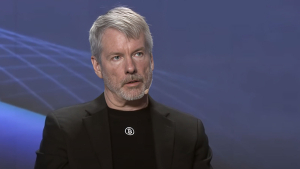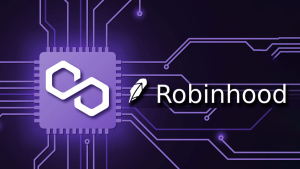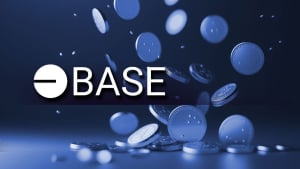
Disclaimer: The opinions expressed by our writers are their own and do not represent the views of U.Today. The financial and market information provided on U.Today is intended for informational purposes only. U.Today is not liable for any financial losses incurred while trading cryptocurrencies. Conduct your own research by contacting financial experts before making any investment decisions. We believe that all content is accurate as of the date of publication, but certain offers mentioned may no longer be available.
Cardano's eUTXO model is what makes the network different from such blockchains as Ethereum as all transactions occur in parallel to each other, which is why there is a fair share of difficulties for dApps, and solutions like transaction chaining are here to solve those issues.
At first, decentralized Cardano applications like Minswap or SundaeSwap used the "batching" solution, where off-chain sequencers aggregated a number of UTXOs prior to submitting them on chain and executing. While this solution indeed solves a series of issues tied to the eUTXO model, it brings numerous risks like centralization, custodiality and batcher executable value, which can be used for sandwich attacks on users.
Transaction chaining
The new solution adds another vertical where UTXOs are not batched off-chain but ordered virtually in a "first-come-first-served" manner. The transaction chain functions publicly and visibly in a decentralized way. The chain can be accessed by anyone without the limitation on who can consume which UTXO.
Additionally, transaction chaining adds another vertical that decreases latency in the processing of orders. The application assumes that orders will make it on-chain and will be reverted without any loss if something goes wrong.
First and foremost, the transaction submission to the mempool is done, which verifies its correctness. After this happens, users' transactions are associated with a particular UTXO, which protects the users' transaction and reverts it if something goes wrong.
Essentially, the new solution may solve most problems Cardano-based DEXs and other decentralized applications are facing today, which is extremely relevant while the project's biggest competitor, Ethereum, is facing potential regulatory issues after switching to a PoS consensus algorithm.









